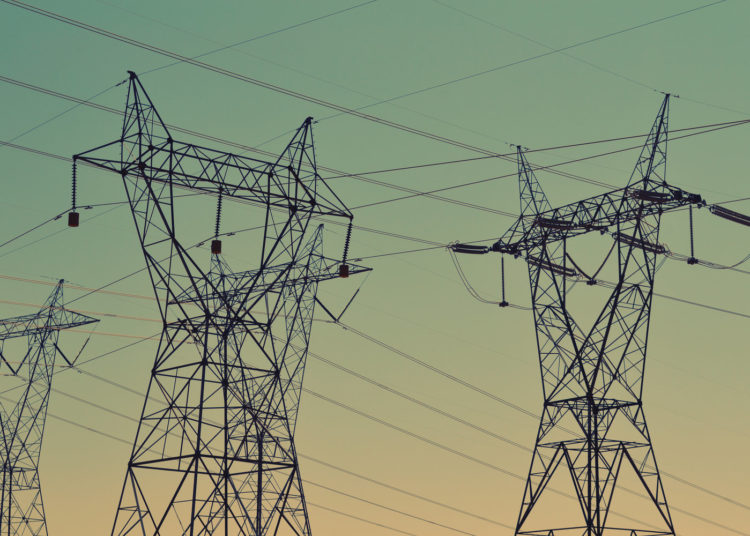With no less than US$1.9 trillion required to finance Nigeria’s Energy Transition Plan (ETP), the Rural Electrification Agency (REA) has stressed the need for more private sector investment in the delivery of electricity across the country.
This is as the agency said it has disbursed a total of $64.8 million to electrify up to five million residents under the Nigeria Electrification Project (NEP) out of over $392 million commuted for the project.
Managing director of REA, Ahmad Salihijo Ahmad, while briefing the press in Abuja said, the agency has completed the installation of 67 mini-grids, NEP, which is funded by a $350 million World Bank loan and $200 million loan from the African Development Bank, (AfDB) in an effort to bridge the nation’s electricity gap, currently estimated at about 80 million people.
Ahmad said that the programme is expected to provide off-grid reliable and clean electricity supply to 705,000 households, 90,000 micro, small and medium enterprises, 100 isolation and treatment centres and 400 primary healthcare centres in unserved and underserved areas of the country.
Stressing on the need for more private sector investment in the delivery of public infrastructure, Ahmad explained that over the years, REA has moved from just being an implementer of federal government’s projects in the sector to becoming a hub and enabler of business in the sector.
He said the agreements signed with private developers have led to over a million connections across the country.
According to him, “The REA has the mandate of taking power to unserved and underserved Nigerians. How it goes about doing this depends on where the funding comes from. According to the rural electrification strategy plan, we have targets to reach Nigerians everywhere in the country and the numbers at the moment are being quoted to be as high as 80 million people”.
READ ALSO: Still On Mambilla Power Project
He noted that to achieve this, a lot of funding was required and “what we are used to doing is every year we wait and get government’s money from the budget, go to the site and then implement the projects. However, if you are to do this for the next 100 years, you will not be able to meet those targets hence it became important for the agency to ensure that its mandate does end at implementation”.
He explained that with the Rural Electrification Fund, which is a private sector driven initiative, REA became a hub and enabler to ensure that funding comes from different areas to enable it to deliver on its mandate.
“Now government money is used as an enabler to attract private investment. For instance, for the rural electrification fund, you have a capital subsidy where if a project cost N100 million, that subsidy will come in at may be 50-60 per cent and the private developer will come up with the rest of the money, deliver the service to the community and go into an agreement with the community for the rest of the money”.
Giving a breakdown of the NEP programme, Anita Otubu explained that the Nigeria Electrification Project has five components including solar hybrid mini-grid ($213 million), standalone solar home systems ($75 million), energising education programme ($250 million), energy efficient equipment and productive use of appliances ($20 million) and Technical assistance ($37 million).
Otubu disclosed that so far 67 mini-grids have been completed with 995,396 solar home systems deployed.
On emissions saved from the various NEP projects, Otubu said, “At the moment, we have about 249,193 tons of emissions saved as a result of the project. We have a total of 52 megawatts of PV capacity deployed as a result of work of these products we have mentioned.”











